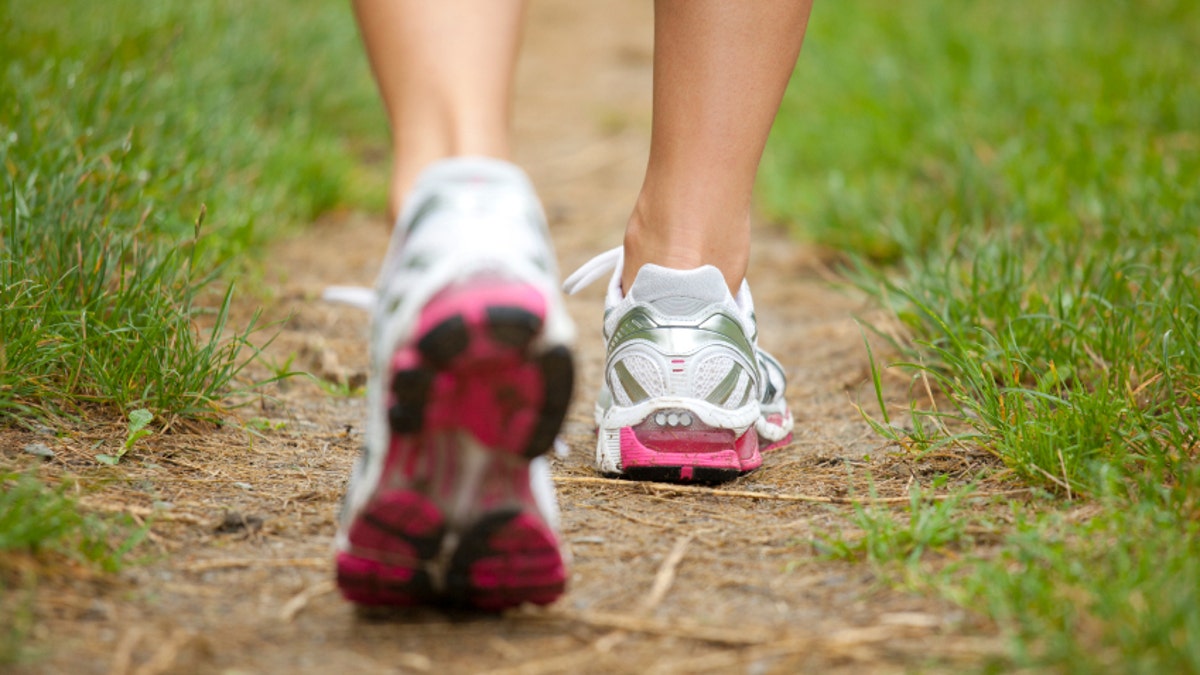
Diabetics who sit at a desk all day may be better able to control their disease by getting up every half hour for a few minutes of light exercise, an Australian study suggests.
Researchers put 24 overweight and obese inactive adults with diabetes through a series of tests. They wanted to see how different activity levels would affect blood test results that can show when the body isn't doing a good job of converting food into energy.
When these people interrupted prolonged sitting with three minutes of walking or resistance exercises like squats or leg raises, they had lower levels of sugar, the hormone insulin and the protein c-peptide in the blood - all of which can be elevated when diabetes isn't well controlled.
"Humans are designed to move," said lead study author Paddy Dempsey, a researcher at Baker IDI Heart and Diabetes Institute in Melbourne, Australia.
"Our biological systems function optimally when we are regularly moving and physically active," Dempsey added by email. "The prolonged periods of sitting that now characterize much of our day to day lives - especially our working lives - are missed opportunities for healthy movement."
Globally, about one in 10 adults has diabetes, according to the World Health Organization. Most have type 2 diabetes, which is associated with obesity and aging and occurs when the body can't make or process enough of the hormone insulin.
While previous research has linked inactivity to an increased risk of developing diabetes and having worse symptoms of the disease, less is known about the types and amounts of exercise that may be able to counter some of the ill effects of sedentary time.
For the current study, Dempsey and colleagues monitored signs of diabetes in the blood after three separate three-day experiments: a normal sedentary day, or days when participants interrupted their desk time every 30 minutes with either three minutes of walking or resistance exercises like squats and leg raises.
The rationale was to try routines that didn't require special equipment or huge amounts of space that could easily be performed in an office or home, Dempsey said.
Compared with sitting alone, brief bouts of walking and resistance exercises were both linked to significantly lower blood sugar, insulin and c-peptide.
Another diabetes sign - elevated triglycerides or fats in the blood - was significantly lower with resistance exercises but not with walking, the researchers report in the journal Diabetes Care.
One limitation of the study is that the brief experiments can't show the long-term effects on diabetes of brief bouts of exercise, the authors note. It's also possible that outside the lab setting, other factors such as stress might influence how much these bursts of activity impact diabetes symptoms.
Still, people with diabetes should take the findings as a reminder to avoid long periods of sedentary time, especially after a meal, said Bethany Barone Gibbs, a researcher in health and physical activity at the University of Pittsburgh who wasn't involved in the study.
"The good news is, you can break up your sitting with a short walk or doing resistance exercises in place like squats and calf raises," Gibbs said by email.
"So, if you can't leave your desk or don't want to leave your (television) show, you can do some squats, calf raises, etc. in place," Gibbs added.




















